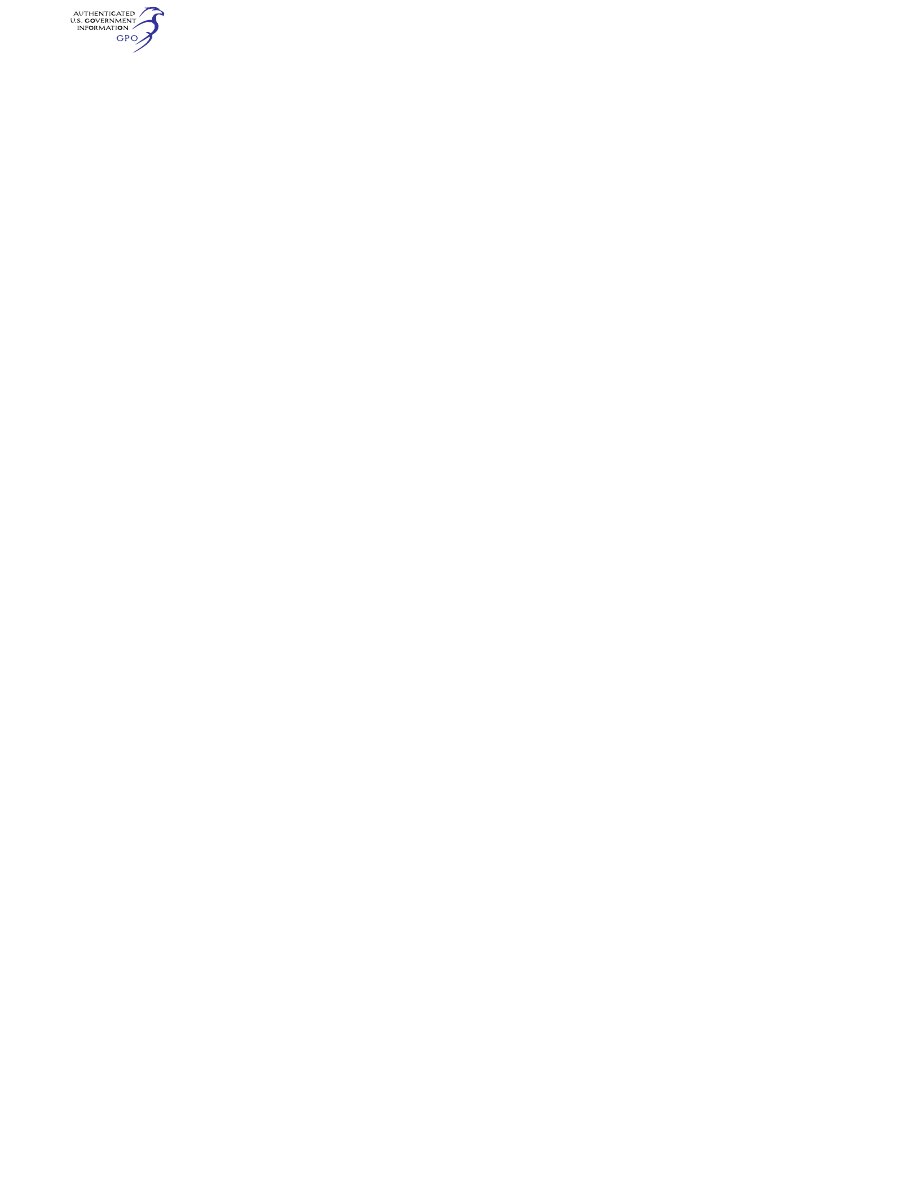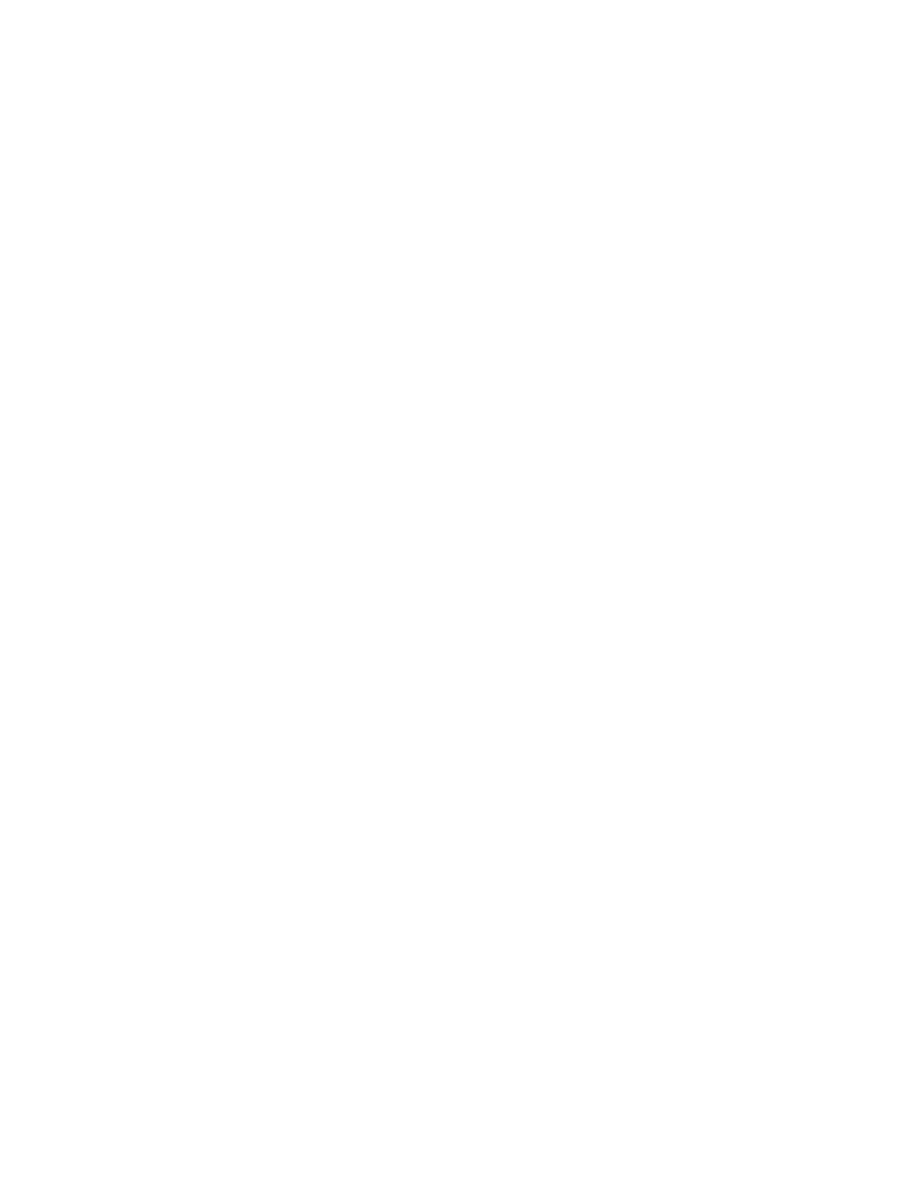
544
14 CFR Ch. I (1–1–24 Edition)
§ 61.110
(4) Ten hours of solo flight time in a
weight-shift-control aircraft, con-
sisting of at least—
(i) Five hours of solo cross-country
time; and
(ii) One solo cross-country flight over
100 nautical miles total distance, with
landings at a minimum of three points,
and one segment of the flight being a
straight line distance of at least 50
nautical miles between takeoff and
landing locations; and
(5) Three takeoffs and landings (with
each landing involving a flight in the
traffic pattern) in an aircraft at an air-
port with an operating control tower.
(k)
Permitted credit for use of a full
flight simulator or flight training device.
(1) Except as provided in paragraphs
(k)(2) of this section, a maximum of 2.5
hours of training in a full flight simu-
lator or flight training device rep-
resenting the category, class, and type,
if applicable, of aircraft appropriate to
the rating sought, may be credited to-
ward the flight training time required
by this section, if received from an au-
thorized instructor.
(2) A maximum of 5 hours of training
in a flight simulator or flight training
device representing the category, class,
and type, if applicable, of aircraft ap-
propriate to the rating sought, may be
credited toward the flight training
time required by this section if the
training is accomplished in a course
conducted by a training center certifi-
cated under part 142 of this chapter.
(3) Except when fewer hours are ap-
proved by the Administrator, an appli-
cant for a private pilot certificate with
an airplane, rotorcraft, or powered-lift
rating, who has satisfactorily com-
pleted an approved private pilot course
conducted by a training center certifi-
cated under part 142 of this chapter,
need only have a total of 35 hours of
aeronautical experience to meet the re-
quirements of this section.
(l)
Permitted credit for flight training
received from a flight instructor with a
sport pilot rating. The holder of a sport
pilot certificate may credit flight
training received from a flight instruc-
tor with a sport pilot rating toward the
aeronautical experience requirements
of this section if the following condi-
tions are met:
(1) The flight training was accom-
plished in the same category and class
of aircraft for which the rating is
sought;
(2) The flight instructor with a sport
pilot rating was authorized to provide
the flight training; and
(3) The flight training included ei-
ther—
(i) Training on areas of operation
that are required for both a sport pilot
certificate and a private pilot certifi-
cate; or
(ii) For airplanes with a V
H
greater
than 87 knots CAS, training on the con-
trol and maneuvering of an airplane
solely by reference to the flight instru-
ments, including straight and level
flight, turns, descents, climbs, use of
radio aids, and ATC directives, pro-
vided the training was received from a
flight instructor with a sport pilot rat-
ing who holds an endorsement required
by § 61.412(c).
[Doc. No. 25910, 62 FR 40902, July 30, 1997, as
amended by Amdt. 61–104, 63 FR 20287, Apr.
23, 1998; Amdt. 61–110, 69 FR 44868, July 27,
2004; Amdt. 61–124, 74 FR 42558, Aug. 21, 2009;
Amdt. 61–124A, 74 FR 53645, Oct. 20, 2009;
Amdt. 61–125, 75 FR 5220, Feb. 1, 2010; Amdt.
61–142, 83 FR 30278, June 27, 2018]
§ 61.110
Night flying exceptions.
(a) Subject to the limitations of
paragraph (b) of this section, a person
is not required to comply with the
night flight training requirements of
this subpart if the person receives
flight training in and resides in the
State of Alaska.
(b) A person who receives flight
training in and resides in the State of
Alaska but does not meet the night
flight training requirements of this
section:
(1) May be issued a pilot certificate
with a limitation ‘‘Night flying prohib-
ited’’; and
(2) Must comply with the appropriate
night flight training requirements of
this subpart within the 12-calendar-
month period after the issuance of the
pilot certificate. At the end of that pe-
riod, the certificate will become in-
valid for use until the person complies
with the appropriate night training re-
quirements of this subpart. The person
VerDate Sep<11>2014
14:00 Mar 14, 2024
Jkt 262047
PO 00000
Frm 00554
Fmt 8010
Sfmt 8002
Q:\14\14V2.TXT
PC31
aworley on LAPBH6H6L3 with DISTILLER
